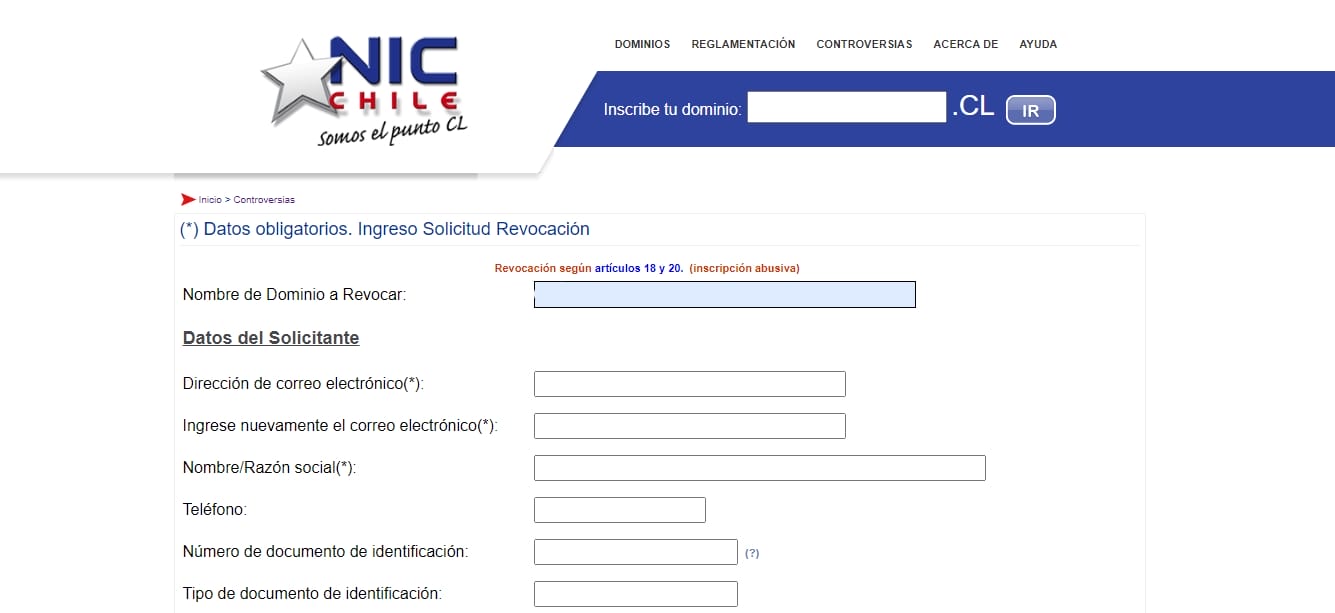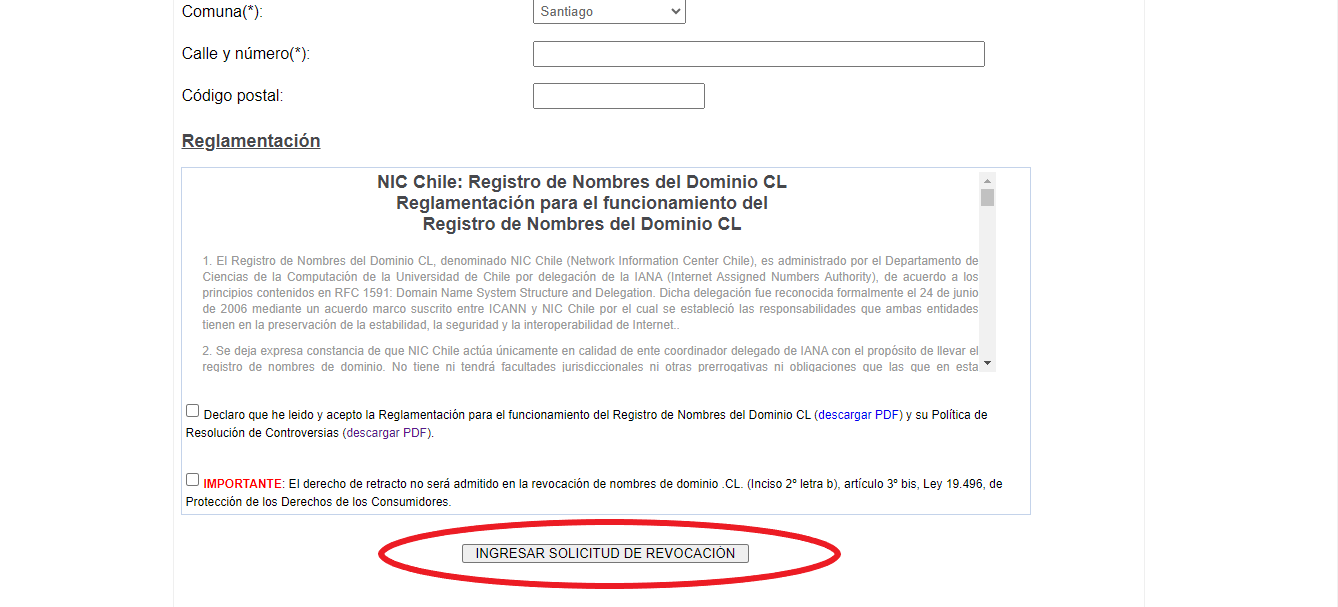How .CL Domain Conflict Resolution Works?
In the world of digital transactions, businesses and individuals often face domain disputes. These disputes can be due to reasons like trademark infringement, cybersquatting, or similar domain names. To address this, in Chile, there's a .cl domain conflict resolution process in place. NIC Chile oversees this process, ensuring that domain disputes are handled effectively, making the .cl domain space secure and reliable.
Filing a Complaint: The First Step Toward Resolution
In the .cl domain conflict resolution process in Chile, it starts with filing a complaint. This is how individuals or businesses communicate their domain disputes. They detail their issues in a structured document, which becomes the basis for the resolution process. This document clarifies the nature of the dispute and the claimant's stake in the domain.
The complaint is more than just text; it's a formal way for claimants to protect their online assets. Once NIC Chile receives this document, they begin a thorough process to ensure intellectual property protection and adherence to legal standards.
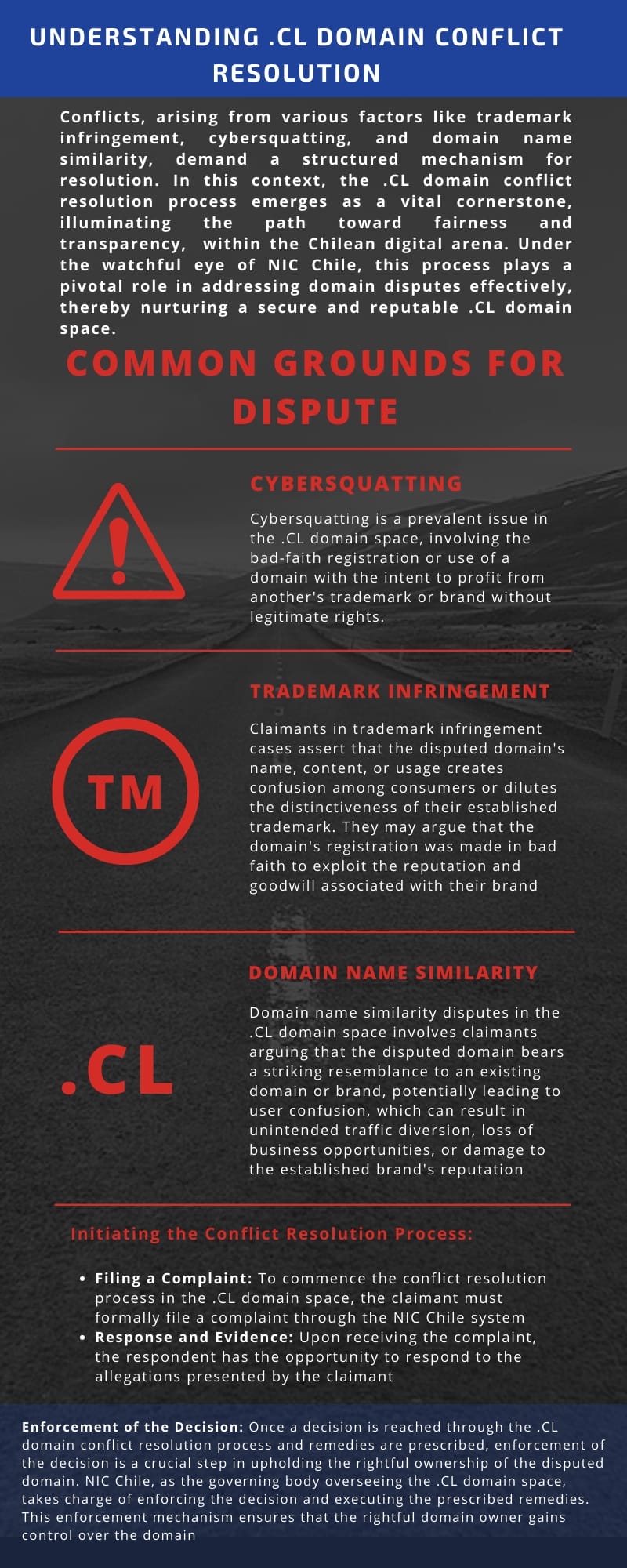
Mediation and Resolution: A Diplomatic Path to Agreement
If a complaint doesn't lead to a solution, mediation is the next step. This phase encourages discussion and agreement. NIC Chile offers this to help parties find common ground. Both parties are invited to participate in mediation after the complaint is received. The goal is to resolve disagreements without formal arbitration. NIC Chile sees mediation as a way to turn conflicts into collaborative solutions.
Arbitration: Expert Adjudication for Complex Conflicts
When mediation doesn't resolve disputes, arbitration is the next step. NIC Chile brings in expert arbitrators with domain knowledge to review the evidence from both parties. Their decision is legally binding.
Arbitration ensures fairness in the .cl domain conflict resolution process. NIC Chile aims for transparent and fair dispute resolutions. The expert panel's goal is to make decisions ethically and legally, maintaining the .cl domain's integrity.
Enforcement of the Decision: Transforming Resolution into Action
When arbitration decides a dispute, NIC Chile ensures the decision is implemented. This means turning decisions into actual outcomes, such as transferring a domain or canceling its registration.
Enforcement ensures that decisions have real-world impact. NIC Chile's role in this phase emphasizes its commitment to fairness in the .cl domain space. The goal is to uphold the interests of rightful owners and ensure decisions are effectively carried out.
Conclusion: A Secure and Equitable .CL Domain Space
In the digital age, a reliable domain space is crucial. The .cl domain resolution process, managed by NIC Chile, ensures disputes are resolved fairly. Their goal is a harmonious digital environment.
Online disputes are common, but the .cl domain resolution process offers a straightforward solution. NIC Chile prioritizes fairness and protection of digital assets. As the internet evolves, this process ensures integrity and collaboration.
Step-by-Step Tutorial: How to File a .CL Domain Complaint
1. Visit the NIC Chile Website: Go to the NIC Chile website (https://www.nic.cl/), where you'll find information about filing a .cl domain complaint.
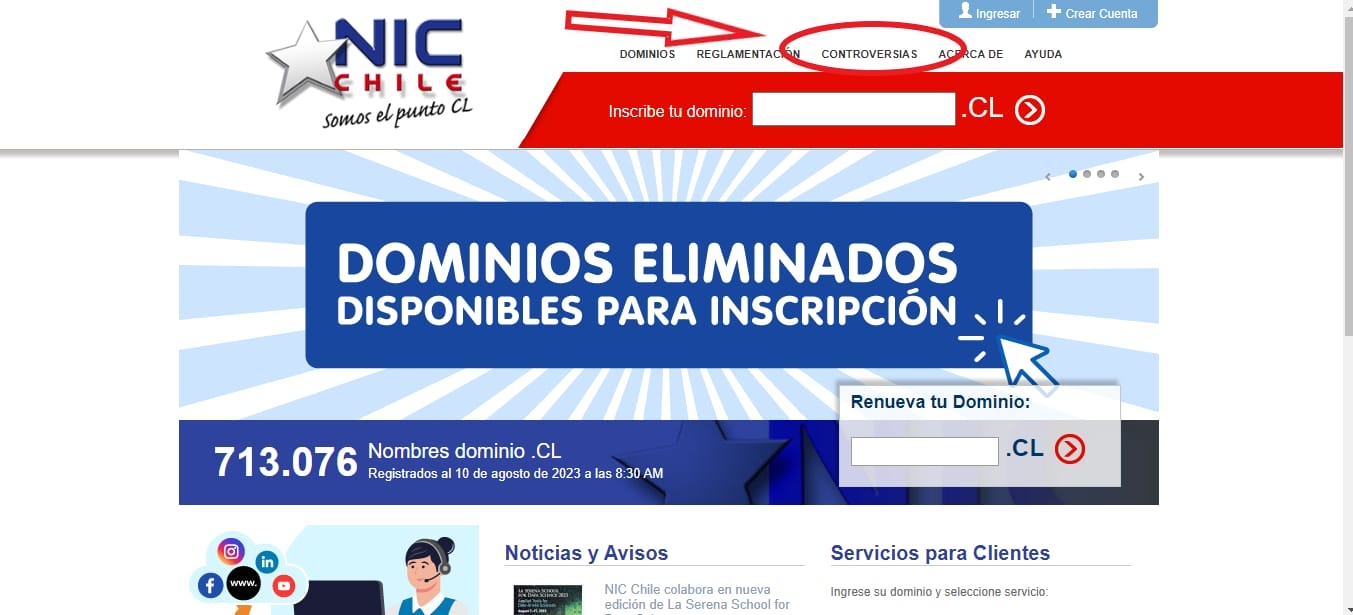
2. Find the 'Controversias' Section: Locate the 'Controversias' or 'Disputes' section on the website. This is where you'll get details about the complaint process.
3. Read the Guidelines: Take a moment to read through the guidelines and instructions provided by NIC Chile. This will help you understand the process better.
4. Gather Information and Evidence: Collect details about your domain, evidence of your rights, and any proof of the dispute. Make sure to have everything ready.
5. Download the Complaint Form: Download the complaint form from the website. It's like a questionnaire where you'll fill in information about the dispute.
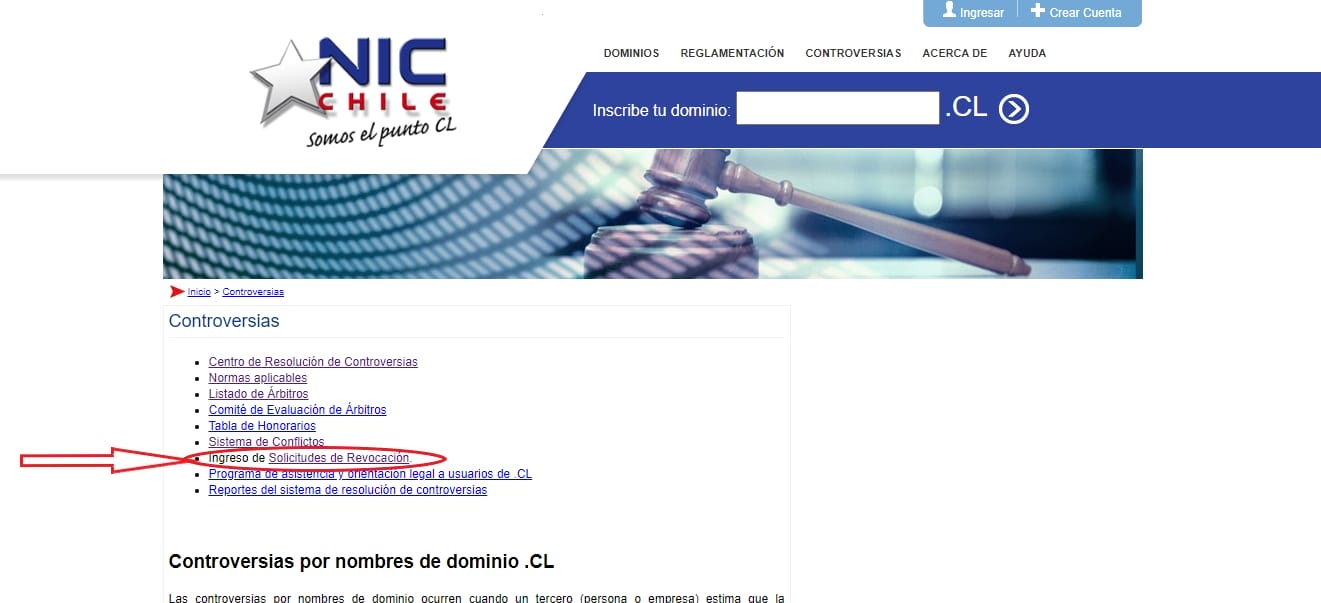
6. Attach Evidence: Put together the evidence you collected and attach it to the complaint form. This helps NIC Chile understand your situation.
7. Explain the Dispute: Write a simple explanation of what's going on. Describe the problem, your claim, and what the other party is doing.
8. Review Everything: Double-check your form, evidence, and explanation to make sure everything is accurate and complete.
9. Submit: Send your complaint form and attached documents to NIC Chile. They'll let you know they got it and what happens next.
